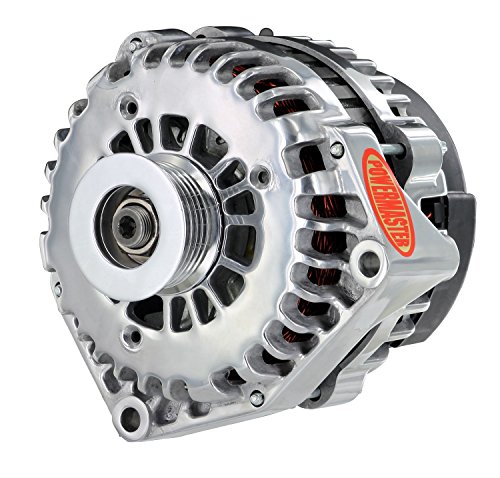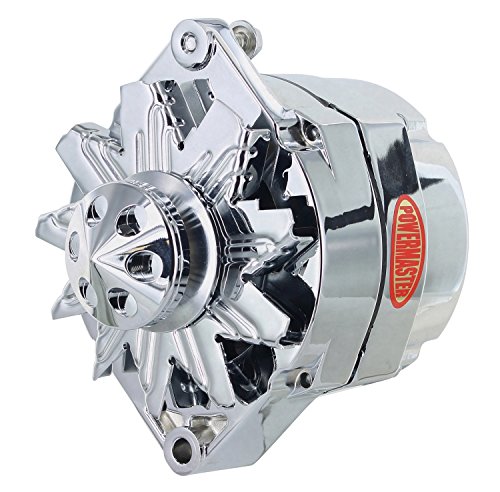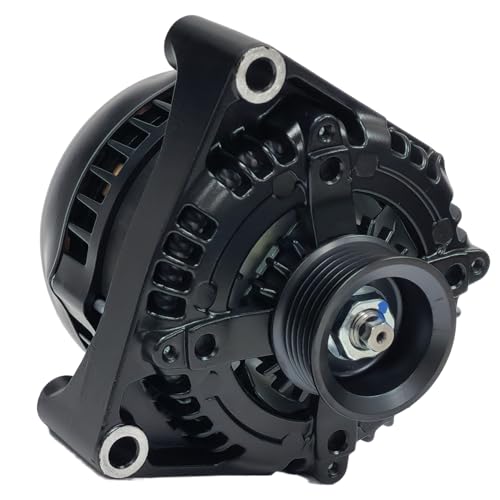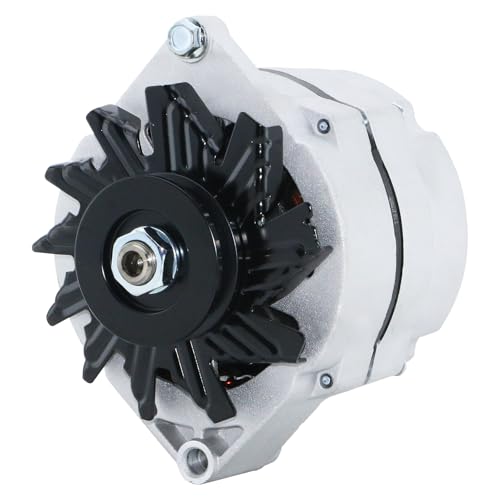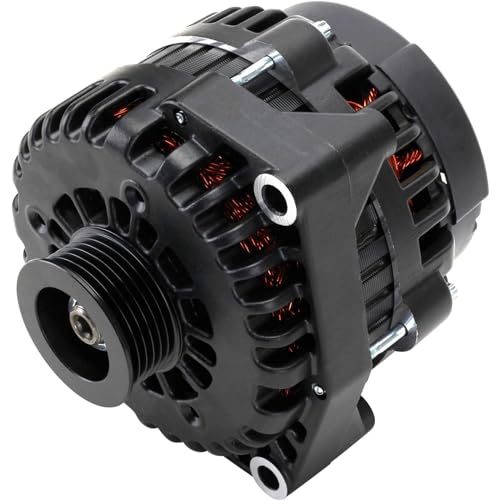Understanding Electrical System Modifications
Electrical systems are fundamental components in numerous applications, ranging from simple household appliances to complex industrial machinery. At their core, these systems consist of interconnected elements that work together to generate, transmit, and utilize electrical energy effectively. However, as technology progresses and demands evolve, the performance and efficiency of existing electrical systems may not suffice. Modifications become essential to address these challenges, allowing for optimization and enhanced functionality.
Modifying electrical systems can take many forms, including hardware upgrades and software enhancements. Hardware upgrades often involve the replacement or addition of components such as circuit breakers, transformers, or wiring to improve load handling capacity, reduce losses, and increase durability. Upgrading power supplies or incorporating energy-efficient devices can significantly impact energy consumption and operational costs. On the other hand, software enhancements, such as implementing advanced control algorithms or integrating smart technology, facilitate better monitoring, fault detection, and automation, leading to an overall more responsive system.
The importance of these modifications cannot be understated. In today’s fast-paced world, nearly every industry relies on efficient electrical systems to maintain productivity, reduce costs, and ensure safety. For instance, in industrial settings, advanced modifications can streamline operations and enhance process control, resulting in better product quality and lower downtime. Furthermore, as sustainability becomes increasingly paramount, modifying electrical systems for energy efficiency not only contributes to cost savings but also aligns with environmental goals. As a result, staying attuned to the latest advancements and their practical applications is imperative for organizations seeking to remain competitive in the market.
Ultimately, a systematic approach to understanding electrical system modifications elucidates their benefits. Awareness of hardware and software options enables stakeholders to make informed decisions, leading to optimized performance and efficiency, which are essential for meeting the demands of modern applications.
Types of Advanced Modifications
Advanced modifications in electrical systems can be broadly categorized into hardware and software improvements. Each of these categories encompasses a range of specific alterations designed to enhance the overall efficiency and effectiveness of the electrical systems in a variety of applications.
One prominent area of hardware modifications involves upgrading circuit components. This includes the replacement of traditional resistors, capacitors, and inductors with high-efficiency alternatives that offer lower losses and improved thermal performance. Another significant hardware modification is the utilization of power electronics, such as inverters and converters. These devices facilitate precise control over voltage and current, enabling the integration of renewable energy sources and improving the adaptability of electrical systems to varying loads.
Moreover, the improvement of wiring systems serves as a vital hardware modification. This can involve selecting higher gauge wires, implementing better insulation methods, or utilizing advanced materials that reduce resistance and minimize the risk of overheating. Each of these changes not only enhances performance but also contributes to greater reliability and safety within electrical systems.
On the software side, the integration of advanced control algorithms marks a significant step forward. These algorithms can enhance system response times, optimize energy usage, and facilitate real-time monitoring and adjustment of system parameters. Coupled with the application of data analytics, electrical systems can now glean insights from operational data, leading to informed decision-making and proactive maintenance strategies.
Additionally, the deployment of automation tools allows for seamless integration of various components within electrical systems, enhancing their interoperability and functionality. By employing such software modifications, users can achieve substantial gains in efficiency, lifecycle management, and overall system performance.
Challenges and Considerations
Implementing advanced modifications in electrical systems is a pursuit aimed at enhancing efficiency and performance. However, this process is replete with potential challenges that must be carefully considered. One major issue is compatibility with existing systems. When integrating new technologies, such as smart grids or energy-efficient components, there is always a risk that they may not seamlessly align with older infrastructure. Conducting a comprehensive assessment of current systems is essential to identify compatibility issues and to plan accordingly.
Another critical aspect involves regulatory compliance. Electrical systems are subject to various local, regional, and national regulations designed to ensure safety and environmental sustainability. Advanced modifications often require adherence to updated standards, which may necessitate navigating complex bureaucratic processes. Engaging with regulatory bodies early in the planning phase can facilitate a smoother integration process.
Safety concerns also feature significantly in the conversation regarding advanced modifications. Upgrading electrical systems can create unforeseen risks, particularly if new technology introduces unfamiliar operational parameters. It is paramount to conduct thorough risk assessments and implement robust safety protocols during the installation and operational phases of new systems. This may include training personnel on new technologies and practices to mitigate the chances of accidents or failures.
Cost implications cannot be overlooked. The financial investment needed for advanced modifications can be substantial, often leading organizations to hesitate before committing to such changes. Assessing the long-term benefits in terms of energy savings and maintenance efficiency can help to justify the initial costs. Furthermore, exploring financing options or governmental incentives designed to encourage modernization can alleviate the financial burden.
In summary, while pursuing advanced modifications in electrical systems presents challenges, careful planning and consultation with experts can mitigate these issues, leading to successful enhancements in efficiency and performance.
Future Trends in Electrical System Modifications
The landscape of electrical system modifications is evolving rapidly, shaped by technological advancements and the increasing demand for efficiency and sustainability. One of the prominent trends is the integration of smart grids, which enhance the reliability and efficiency of electricity distribution. By leveraging advanced communication technologies, smart grids facilitate real-time monitoring and control of electrical systems. This not only optimizes energy usage but also minimizes outages and enhances the overall resilience of the grid.
Another significant innovation is the rise of renewable energy integration. As the global economy shifts towards more sustainable energy sources, such as solar and wind, electrical systems are being modified to accommodate these intermittent power supplies. This transition poses challenges related to energy storage and grid stability; however, advancements in battery technology and inverter systems are paving the way for smoother integration. This evolution promises not only to reduce reliance on fossil fuels but also to lower energy costs for consumers.
Additionally, the Internet of Things (IoT) is set to revolutionize electrical systems further. The proliferation of IoT devices enables continuous monitoring and enhancing of electrical performance through data-driven insights. These technologies can facilitate predictive maintenance, energy management, and improved user engagement, leading to more responsive and adaptable electrical systems. With smart appliances and sensors becoming commonplace, the ability to automate energy consumption patterns is driving efficiency to unprecedented levels.
As we look towards the future, the implications of these trends are vast. With ongoing research and development, the potential for enhanced electrical system modifications will continue to expand. By remaining informed on these emerging technologies, individuals and organizations can identify opportunities for their own systems, ultimately leading to improved performance and sustainability in electric power consumption.
- Item Package Dimension: 9.7637795176L x 7.7165354252W x 7.3622047169H inches
- Item Package Weight – 15.75643786514 Pounds
- Item Package Quantity – 1
- Package Dimension: 23.7 H x 18.6 L x 19.7 W (centimetres)
- It gives you the power you need to get it started and keep it going
- Package Weight: 6.102 kilograms
- Simply connect a 4 gauge positive and ground cable between the alternator and the battery, an ignition switched turn on …
- 𝙍𝙚𝙥𝙡𝙖𝙘𝙚𝙢𝙚𝙣𝙩 𝙉𝙪𝙢𝙗𝙚𝙧𝙨: 7127-SE105, ADR0335, 400-12340, 20-102-7, 334-2114
- 𝙊𝙀 𝙎𝙩𝙖𝙣𝙙𝙖𝙧𝙙: We exclusively manufacture components that meet or exceed OE standards, ensuring reliable quality
- 𝘽𝙪𝙮𝙚𝙧-𝘾𝙚𝙣𝙩𝙧𝙞𝙘 𝙎𝙚𝙧𝙫𝙞𝙘𝙚: Buyer-Centric is not just a phrase for us, it is reflected in each of our actions. We will always…
- High Output: This alternator produces a massive 220 amps, a significant upgrade from standard stock alternators, providi…
- Accessory Friendly: Ideal for vehicles with a lot of accessories and equipment, this alternator efficiently meets higher…
- LS-Era Compatibility: Designed to fit most LS-era truck applications, this alternator is equipped to accept the OEM conn…


